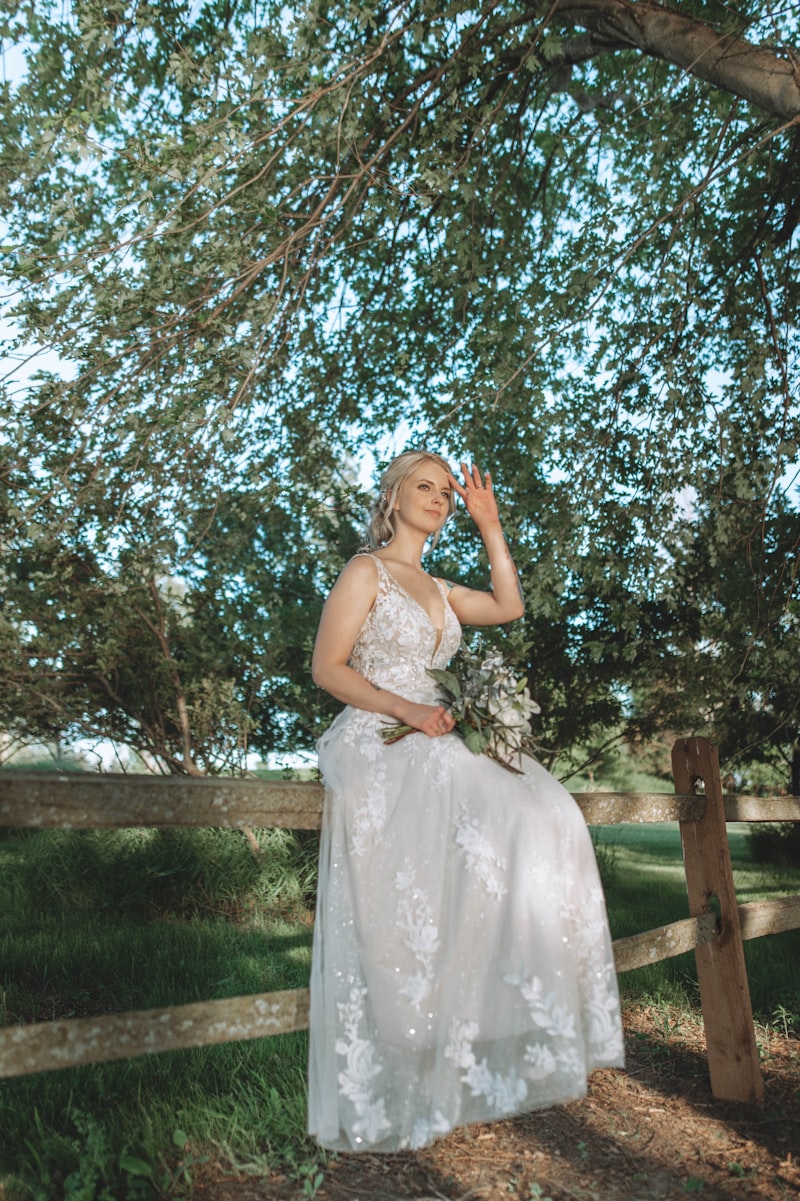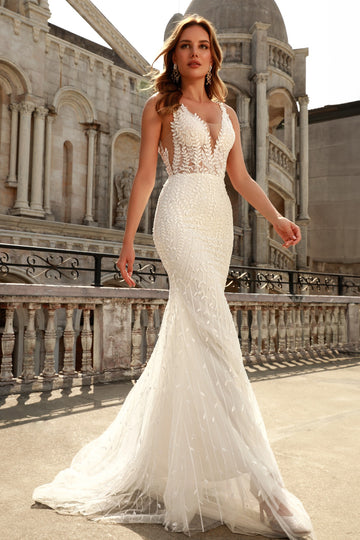Exploring Bridal Fashion Trends Throughout the Decades: A Journey Through Time
Exploring Bridal Fashion Trends Throughout the Decades: A Journey Through Time
Weddings are one of life’s most cherished occasions, and bridal fashion has evolved tremendously over the decades. Each era has contributed unique styles, fabrics, and trends that reflect the cultural, social, and economic environments of the time. In this article, we will explore the bridal fashion trends that have shaped wedding attire from the 1920s to the present day, uncovering how these trends have influenced modern bridal wear. We will also delve into related questions, such as the significance of bridal colors and the impact of celebrities on wedding dress styles. Let’s take a closer look!
The Roaring Twenties: A New Age of Freedom
The 1920s were characterized by a sense of liberation and a break from traditional values. Bridal fashion mirrored this shift, with a focus on simplicity and elegance. The Empire silhouette gained popularity, featuring high waistlines and flowing skirts.

Brides often chose lace or silk, adorned with pearls and sequins. The iconic flapper dresses influenced wedding attire, with short hemlines and intricate beadwork. Many brides donned cloches instead of traditional veils, embracing the decade’s signature styles.
The Thirties: Glamour and Sophistication
As the Great Depression gripped the nation, thirties bridal fashion focused on refinement. Wedding dresses became more structured, emphasizing elegance. Long sleeves and high necklines were common, reflecting the era’s penchant for sophisticated styles.
| Bridal Fashion Elements | Features |
| 1920s | Empire silhouette, lace fabrics, pearls, flapper influence |
| 1930s | Structured silhouettes, long sleeves, high necklines |
| 1940s | Tea-length dresses, floral patterns, practical fabrics |
| 1950s | Full skirts, tulle layers, traditional white gowns |
The Forties: Practicality Meets Love
During World War II, bridal fashion became practical due to fabric rationing. Brides preferred tea-length dresses made of floral fabrics that could be repurposed after the wedding. Despite the constraints, brides still found ways to express individuality through unique accessories.
The Fabulous Fifties: The Birth of the Modern Bride
The 1950s introduced the iconic full-skirted wedding dresses that became synonymous with bridal fashion. Fabric choices expanded, and the introduction of tulle added volume. The traditional white wedding gown gained immense popularity, inspired by style icons like Elizabeth Taylor.
The Role of Celebrities in Shaping Trends
Throughout each decade, celebrity weddings have played a significant role in influencing bridal fashion. From Grace Kelly’s classic gown in 1956 to Kate Middleton’s Alexander McQueen creation in 2011, celebrity styles often set the tone for emerging trends. Many brides look to these iconic dresses as sources of inspiration for their own wedding attire.
The Sixties and Seventies: A Blend of Tradition and Revolution
The 1960s and 70s saw a significant shift in societal norms, reflected in bridal fashion. Brides began to embrace more daring styles, including mini dresses and bohemian vibes. The traditional wedding gown evolved into a reflection of personal style, with brides experimenting with colors and unconventional silhouettes.
The Eighties: Extravagance and Opulence
The 1980s were defined by extravagant styles. Bold silhouettes, puffed sleeves, and layers of tulle dominated bridal fashion. The era’s glamour propelled brides to choose statement pieces, often accompanied by grand veils and luxurious fabrics. Popularity surged for dresses with elaborate embroidery and beading.
The Nineties to Today: Personalization Takes Center Stage
As we ventured into the late 20th and early 21st centuries, brides began to prioritize personalization over tradition. The rise of the internet opened avenues for diverse styles. Non-traditional colors, minimalist designs, and sustainable fabrics have emerged as significant trends in modern bridal fashion.
Bridal Colors and Their Significance
While white remains a classic choice, contemporary brides embrace various colors that hold personal meanings. Soft pastels, bold colors, and even printed gowns are becoming increasingly popular. Each hue carries its significance, adding a unique touch to wedding celebrations. For instance, red symbolizes love and passion, while blue represents tranquility and stability.
Conclusion: Embracing Evolving Bridal Fashion
Bridal fashion trends throughout the decades showcase a fascinating evolution influenced by social and cultural changes. From the simple lace of the 1920s to the extravagant styles of the 1980s and the personalized touches of today, each decade has contributed unique elements to the modern bridal wardrobe. As brides continue to explore their identities through their wedding attire, one thing remains clear: bridal fashion will continue to evolve, reflecting the diverse narratives of love and commitment. When choosing a bridal gown, remember to consider not only the trends but what resonates with you personally—after all, it’s your day.
As you embark on your wedding planning journey, keep an eye on these evolving trends. Stay attuned to classic elements while also embracing modern innovations to create a look that is uniquely yours.
